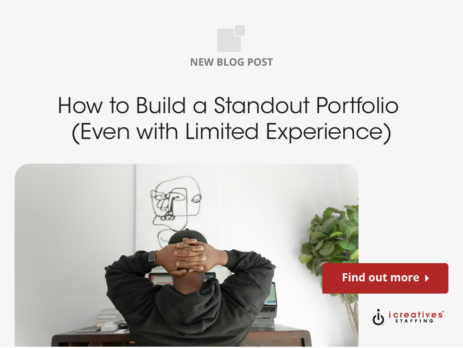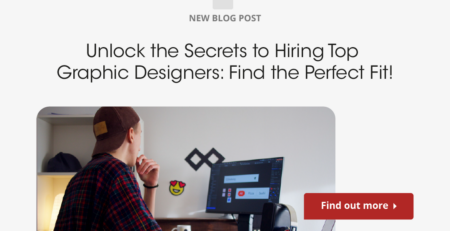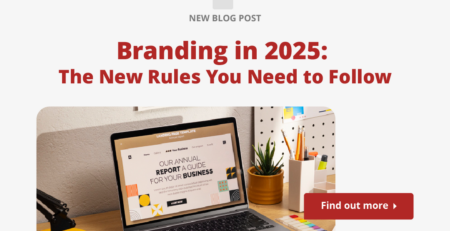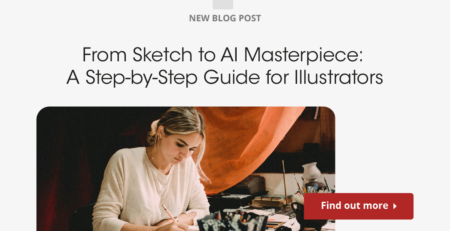How to Build a Standout Portfolio (Even with Limited Experience)
Creating a standout portfolio can be a daunting task, especially for those with limited professional experience. However, a well-crafted portfolio is crucial in many creative and technical fields, serving as a tangible showcase of your skills, style, and potential. It can open doors to job opportunities, freelance gigs, and educational advancements. The key lies in effectively presenting your abilities and making a strong impression on potential employers or clients.
Even if your experience is sparse, there are strategies to enhance your portfolio’s appeal. Focus on quality over quantity, include diverse projects, and clearly articulate the context and impact of each piece. Personal projects, freelance work, and contributions to community or school initiatives can also be valuable additions, demonstrating your initiative and passion for your field.
Moreover, the digital era offers tools and platforms that can help you create a professional-looking portfolio without extensive resources. Online portfolio websites, social media, and digital design tools can all play a role in crafting and disseminating your work. This approach not only showcases your technical skills but also your ability to adapt to modern professional environments.
This guide will explore essential steps and tips to build a compelling portfolio, even if you’re just starting out. By focusing on strategic project selection, leveraging personal projects, and utilizing digital tools, you can create a portfolio that stands out and effectively communicates your capabilities and potential.
Let’s dive into the most frequently asked questions about building a standout portfolio with limited experience, providing you with detailed insights and actionable advice to enhance your career prospects.
Most Asked Questions About Building a Standout Portfolio
- What should I include in my portfolio if I have limited professional experience?
- How can I improve my portfolio with personal or school projects?
- How do digital tools benefit the portfolio-building process?
- How can I showcase my skills effectively in my portfolio?
- Why is feedback important in improving a portfolio and how can I get it?
What should I include in my portfolio if I have limited professional experience?
Building a portfolio with limited professional experience can be challenging, but it’s an opportunity to showcase your creativity, skills, and potential. Here are key elements to include:
- Quality Projects: Select projects that best demonstrate your skills and creativity. These can be from school assignments, internships, or personal projects.
- Diverse Work: Include a variety of work that shows your versatility and ability to handle different styles or mediums.
- Detailed Descriptions: For each project, provide context about the brief, your creative process, the tools used, and the outcome. This helps viewers understand your thought process and problem-solving skills.
- Personal Projects: Highlight personal projects that are passionate about. This shows initiative and dedication to your craft.
- Feedback and Revisions: Show how you’ve refined projects based on feedback, demonstrating your ability to learn and improve.
For more insights on what to include in your portfolio, consider visiting What American Employers Are Really Looking For in Your UX/UI Portfolio.
How can I improve my portfolio with personal or school projects?
Personal and school projects can significantly enhance your portfolio by demonstrating your skills and creativity. Here’s how you can leverage them:
- Showcase Your Creativity: Use these projects to experiment with different styles and techniques that may not typically be seen in commercial work.
- Explain Your Role: Clearly articulate your role in group projects and what aspects of the project you were directly responsible for.
- Highlight Problem-solving: Include projects that solved specific problems or addressed particular challenges, and detail your approach and the results.
- Include Outcomes: Whenever possible, include the outcome or impact of your projects, such as any recognition or awards received.
- Professional Presentation: Even if they are personal or school projects, present them professionally. Use high-quality images and consistent formatting.
To further enhance your portfolio, explore Transform Your Marketing with Freelance Creatives: A Step-by-Step Guide.

How do digital tools benefit the portfolio-building process?
Digital tools are essential in today’s portfolio-building process. They offer numerous benefits:
- Professional Aesthetics: Tools like Adobe Creative Suite and Sketch can help you create high-quality, professional-looking work.
- Efficiency: Digital tools can streamline the design process, from ideation to final presentation.
- Accessibility: Online portfolio platforms like Behance or Portfoliobox make your work accessible to a global audience.
- Interactivity: Incorporating interactive elements like animations or clickable prototypes can make your portfolio stand out.
- Feedback: Digital platforms often allow for feedback from peers and professionals, which can be invaluable for improvement.
Learn more about digital tools and their applications in portfolio development at What Are the Best Prototyping Tools for UX/UI Designers.
How can I showcase my skills effectively in my portfolio?
Showcasing your skills effectively in a portfolio requires strategic presentation and careful selection of work. Here are some tips:
- Highlight Key Skills: Choose projects that highlight your best skills and align with the type of work you want to pursue.
- Use Case Studies: Include case studies that provide a deep dive into your most complex projects. Explain your process from start to finish, emphasizing problem-solving and innovation.
- Professional Formatting: Ensure your portfolio is well-organized and professionally formatted. Consistency in layout and style helps maintain focus on your work.
- Include Testimonials: If available, include client or professor testimonials that speak to your skills and work ethic.
- Update Regularly: Keep your portfolio updated with new projects and remove older or less relevant work.
For additional strategies on showcasing your skills, check out Top Secrets to Kickstart Your Professional Profile and Land Dream Projects in Graphic Design.
Why is feedback important in improving a portfolio and how can I get it?
Feedback is crucial for portfolio improvement as it provides insights into how your work is perceived and areas where you can enhance your presentation. Here’s how to effectively gather and use feedback:
- Seek Diverse Opinions: Get feedback from a variety of sources, including peers, mentors, and professionals in your field.
- Use Online Platforms: Post your work on platforms like Dribbble or Behance to get feedback from a broader creative community.
- Be Open to Criticism: Approach feedback with an open mind and be willing to make changes based on constructive criticism.
- Iterate Based on Feedback: Regularly update your portfolio based on the feedback you receive to continuously improve the quality of your presentation.
- Professional Reviews: Consider seeking professional portfolio reviews, which can provide detailed critiques and valuable insights.
For more on utilizing feedback effectively, visit 5 Mistakes You’re Making When Hiring Video Production Talent.
Conclusion
Building a standout portfolio with limited experience is certainly challenging, but with the right approach and tools, it is entirely achievable. By focusing on quality, diversity, and the effective presentation of your work, you can create a portfolio that not only showcases your current skills but also your potential to grow and succeed in your chosen field.
Remember, a portfolio is an evolving tool that should grow as you do. Regular updates, seeking feedback, and adapting to new trends and technologies are essential for maintaining a portfolio that continues to stand out. With persistence and creativity, your portfolio can open up numerous opportunities and pave the way for a successful career.
In today’s competitive market, finding the right creative and marketing expert can be a challenge. But with icreatives, you’re in experienced hands. With 37 years in staffing and a track record of matching more than 10,000 employees to over 1,000 companies worldwide, we know how to connect you with the best. Plus, you only pay if you hire—there’s no risk, only results. Ready to find your perfect creative or marketing expert? HIRE WITH ICREATIVES today!












